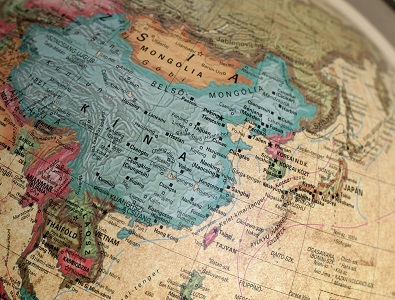

Asia
There are considerable disparities in the quality, efficiency, and affordability of healthcare across Asia. Smaller, high-income countries such as Japan, Singapore, and Hong Kong have some of the best-ranked healthcare systems in the world. Many other Asian countries, however, face a number of significant healthcare issues. Large countries such as China, India, and Russia must serve the rural population and ensure that access to healthcare is equitable for impoverished populations. Poorer countries such as Laos, Thailand, and Cambodia must find ways to provide adequate healthcare for growing populations, bring facilities and technologies up-to-date, and control and monitor communicable diseases. Physicians, nurses, and midwives per capita across South Asia and the Western Pacific Region continue to be among the lowest average figures in the world.
Life expectancy is another measure that varies greatly across Asia. For instance, India, Russia, and China have some of the lowest life expectancies in the world. Indians can expect to outlive Russians can expect to live for 70.16 years, and the Chinese can expect to live for 75.15 years on average. Other countries across Asia, such as Thailand, Cambodia, Mongolia, Laos, and the Phillippines are likely to be on par with these figures. However, countries such as Japan and Singapore have some of the highest life expectancies in the world.



